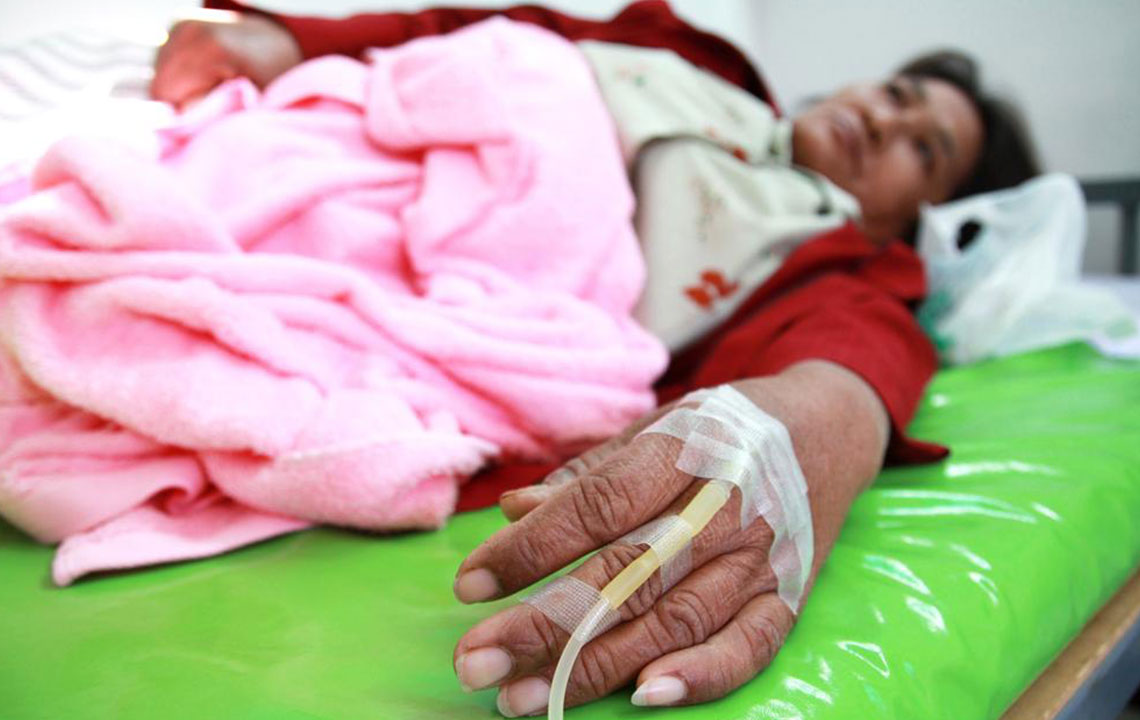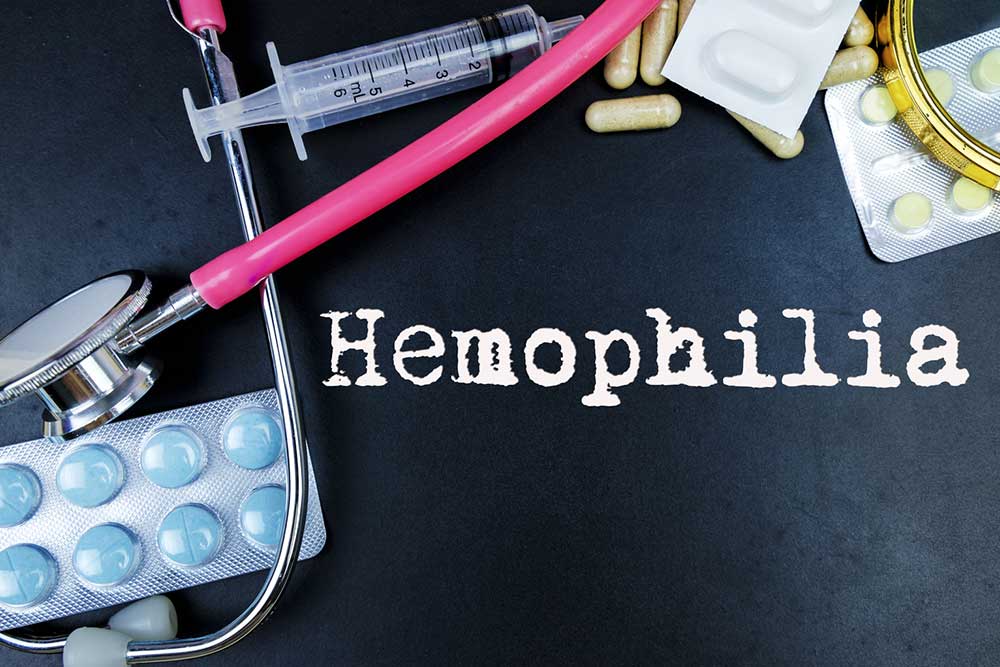A Comprehensive Guide to Understanding Hemophilia in Children
Learn everything about hemophilia in children, including causes, symptoms, and management options. This guide offers essential insights for parents and caregivers to support affected kids better, ensuring proper care and treatment strategies are understood for a healthier life.

Understanding Hemophilia in Kids: Essential Information
Find answers to common questions about hemophilia in children and learn how to manage it effectively.
Parents of children with hemophilia need to be especially cautious and prepared. Kids are naturally prone to bumps, bruises, and minor injuries, but for those with hemophilia, even simple cuts require careful attention. While typical explorers heal quickly, children with this bleeding disorder may experience prolonged bleeding and internal issues that demand specialized care.
If you're a parent of a child with hemophilia or wish to learn more about the condition, here are common questions and answers to help you better support your child's health.
What is Hemophilia?
Normally, your blood contains clotting factors that quickly help stop bleeding when injured. In children with hemophilia, this process is disrupted due to insufficient clotting agents, leading to excessive blood loss. This inherited disorder affects boys more frequently.
Research indicates that about 1 in 5,000 to 10,000 boys are affected by hemophilia. Though girls may carry the gene, they usually do not experience symptoms but can pass the gene to future generations. Hemophilia results from genetic mutations passed down from parents or mutations occurring during fetal development. Bleeding may be visible externally or internal, mainly affecting joints like knees and hips.
How Does Blood Clot Normally?
In healthy individuals, platelets rush to injured areas, forming a plug and activating clotting proteins to create a stable clot. This process halts bleeding efficiently.
What Changes in Children with Hemophilia?
In hemophilia, the body produces inadequate clotting factors 8 or 9, preventing proper clot formation. Hemophilia A, caused by Factor 8 deficiency, accounts for around 80% of cases, while Hemophilia B, resulting from Factor 9 deficiency, is less common.
Depending on the level of clotting factors present, the disease can be minor (mild), moderate, or severe. Mild cases have 6-50% of normal clotting factors, moderate 2-5%, and severe less than 1%.
Signs and Symptoms in Children
External bleeding appears as prolonged bleeding and frequent nosebleeds. Internal bleeding can cause symptoms like unusual bruising, joint pain, swelling, a bubbly sensation, and stiffness. Additional signs include blood in urine, vomit, or stool, and symptoms like headaches, vomiting, lethargy, or seizures following head trauma.
Management of Hemophilia
While a cure like liver transplantation exists, it carries significant risks. Currently, treatment focuses on lifelong management strategies such as factor replacement therapy and medication to control bleeding episodes and maintain quality of life.
Note: Our website provides diverse health information based on research and data; however, this content should not replace professional medical advice. Always consult healthcare professionals for diagnosis and treatment options. The site may not cover all available schemes or updates concerning treatment and support programs.










